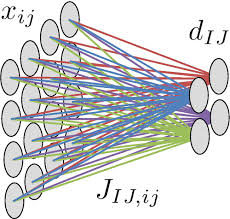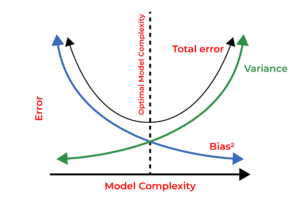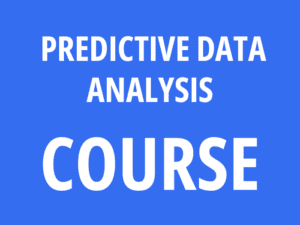A Brief History of Advanced Neural Models
Neural networks, inspired by the human brain, have evolved significantly since their inception in the 1940s. The concept of “advanced neural models” gained momentum with deep learning breakthroughs in the 2010s. Pioneers such as Geoffrey Hinton, Yann LeCun, and Yoshua Bengio played key roles in developing architectures like Convolutional Neural Networks (CNNs), Recurrent Neural Networks (RNNs), and Transformers. These models have transformed fields such as natural language processing and computer vision.

What Are Advanced Neural Models?
Advanced neural models are like master chefs: they combine simple ingredients (neurons and layers) into complex recipes capable of solving intricate problems. These models include architectures such as CNNs for image data, RNNs for sequences, and Transformers for language-based tasks like translation and text generation.
Why Are Advanced Neural Models Being Used? What Challenges Are Being Addressed?
Why Use Advanced Neural Models?
- High Accuracy: Achieve state-of-the-art performance in tasks like speech recognition, image classification, and text analysis.
- Versatility: Applicable across domains such as healthcare, education, and finance.
- Scalability: Handle massive datasets efficiently.
Challenges Addressed:
- Complex Data: Process unstructured data such as images, audio, and text.
- Pattern Recognition: Identify intricate patterns beyond the capability of traditional algorithms.
- Adaptability: Learn from new data without requiring manual feature engineering.
How Are Advanced Neural Models Used?
These models process data through layers of neurons, with each layer transforming the input to extract higher-level features. Examples include:
- CNNs: Detect objects in images.
- RNNs: Model sequential data such as time-series or language.
- Transformers: Power applications like chatbots, translation systems, and generative AI.
Advanced neural models are implemented using frameworks such as TensorFlow, PyTorch, and Hugging Face.
Different Types of Advanced Neural Models
- Convolutional Neural Networks (CNNs): Designed for spatial data like images.
- Recurrent Neural Networks (RNNs): Optimised for sequential data such as text or time-series.
- Transformers: Known for attention mechanisms and widely used in language processing.
- Graph Neural Networks (GNNs): Specialised for graph-structured data.
- Generative Adversarial Networks (GANs): Generate synthetic data such as realistic images.
Different Features
- Scalability: Perform well with large datasets.
- Parallel Processing: Particularly effective with architectures like Transformers.
- Feature Learning: Automatically extract features without manual engineering.
- Versatility: Adapt to diverse data types and tasks.
Different Software and Tools for Advanced Neural Models
- TensorFlow: Supports CNNs, RNNs, and Transformers.
- PyTorch: Preferred for research due to its dynamic computation graph.
- Hugging Face: A go-to platform for Transformer models.
- Keras: Simplifies the implementation of advanced neural models.
- GraphNets: Tools specialised for implementing graph neural networks.
Three Industry Application Examples in Australian Governmental Agencies
- Healthcare: Transformers analyse clinical records to predict patient risks.
- Education: CNNs enhance facial recognition systems for secure campus access.
- Environmental Management: GNNs analyse environmental networks to predict climate changes and mitigate risks.
Official Statistics and Industry Impact
- Global: According to Statista, 85% of AI applications in 2023 relied on advanced neural models, improving efficiency by 40% compared to traditional methods.
- Australia: A report by the Australian Department of Industry revealed that 70% of government-led AI initiatives adopted advanced neural models, increasing project success rates by 30%.
Reference:
- Hinton, G., LeCun, Y., & Bengio, Y. (2015). The foundations of deep learning.
- TensorFlow Documentation
- Australian Government: AI and Machine Learning Applications Report (2023).
How interested are you in uncovering even more about this topic? Our next article dives deeper into [insert next topic], unravelling insights you won’t want to miss. Stay curious and take the next step with us!








